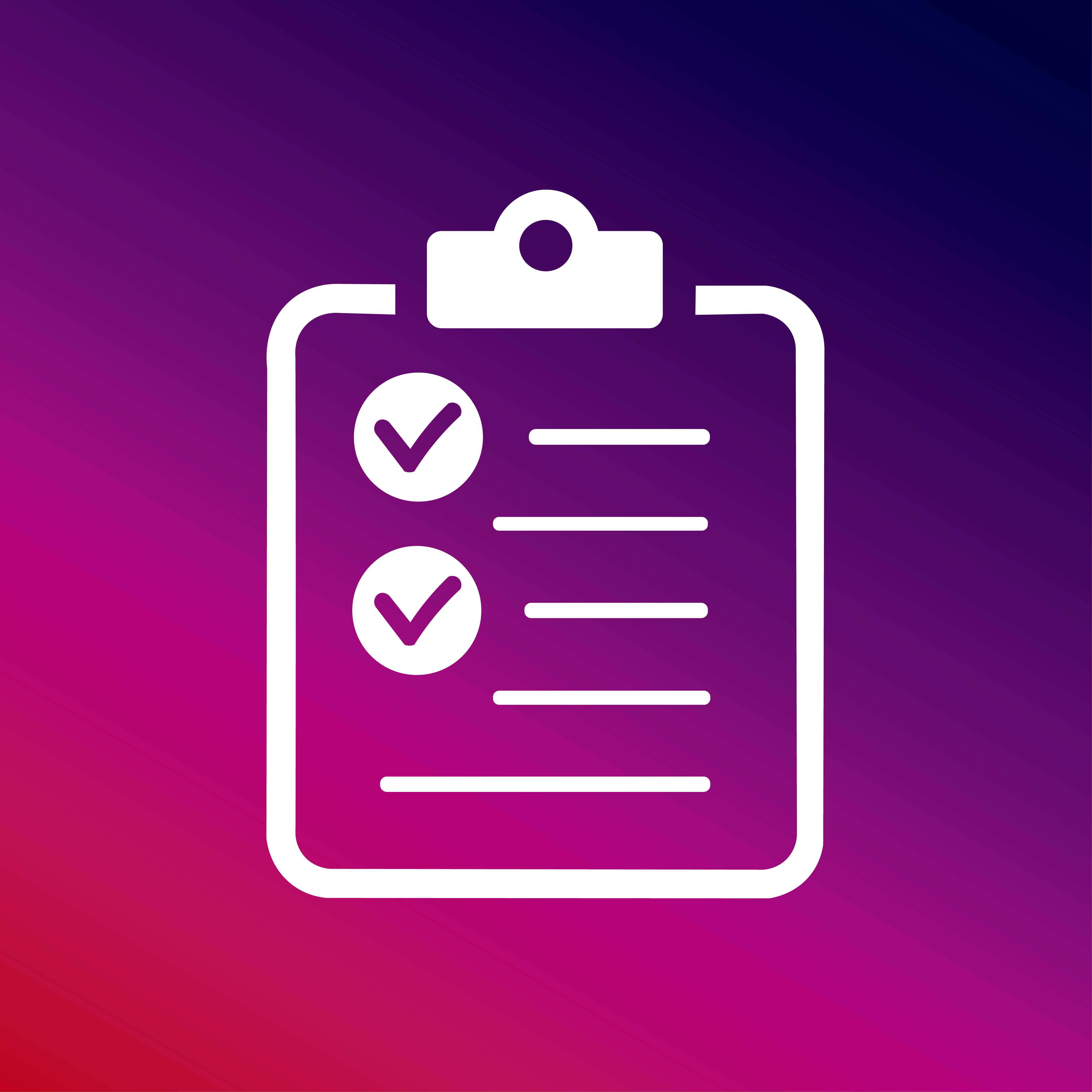Need To Know Server Response Code Ranges

You may know what a 404 server response code means, but what about the others? Discover what all 200, 300, 400 and 500 code ranges mean and start understanding the information within your analytics solution for the betterment of your Web enterprise. You just might find a problem that can be easily corrected, but you'll never know unless you look!
200-Level Codes (Success)
The two hundred range of server responses is reserved for successful responses. For example, the server response code 200 (OK) means the request was successful and information was returned. As you can imagine, this is the most commonly returned server response code.
300-Level Codes (Redirection)
The three-hundred level of codes indicates that further action from your browser is required. Two common codes (seen frequently in discussions about search engine optimization) are 300 and 301. A 301 response code means that the addressed source has moved permanently and all future requests should be made to the new URL. A 302 on the other hand means that the addressed resource has moved temporarily but future requests should continue to come to the original URL.
400-Level Codes (Client Error)
The four-hundred level codes indicate that some sort of error has happened. The most commonly seen 400-level response code is the 404, which means the resource (page) can not be found. There are many others 400-level codes however caused by client error. For example, a 410 code is more specific than 404 when a resource can't be found. If the server knows that the resource is no longer available and no forwarding address is known then 410 should be returned.
But 400-level response codes can be very specific (and helpful). For example, the 401 response code indicates a request is unauthorized, meaning the request requires some form of authentication such as a user ID and/or password. Since many response codes can be modified, this might be an excellent opportunity to present a password reminder message or password reset feature.
500-Level Codes (Server Error)
The five-hundred level codes indicate cases where the server knows it has made an error or is not capable of answering the request. (Mostly it means an error in server-side software). In most cases the server should include some information explaining the error and say if the situation is temporary or permanent. For example,
503 (Service Unavailable) is a code returned when the server cannot respond due to temporary overloading or maintenance. Some users, for example, have limited accounts which can only handle so many requests per day or bytes send per period of time. When the limits are exceeded a 503 code may be returned.








